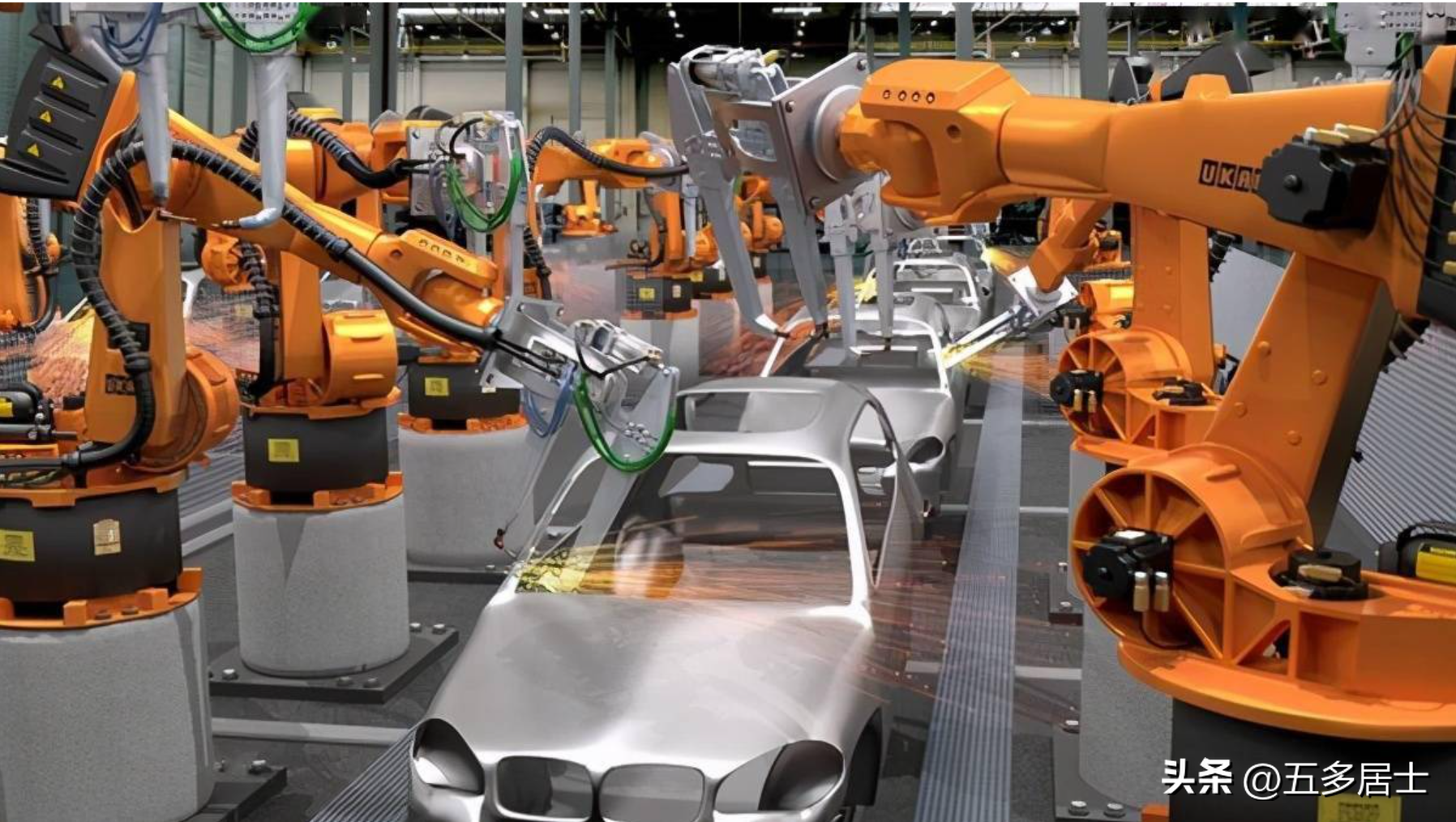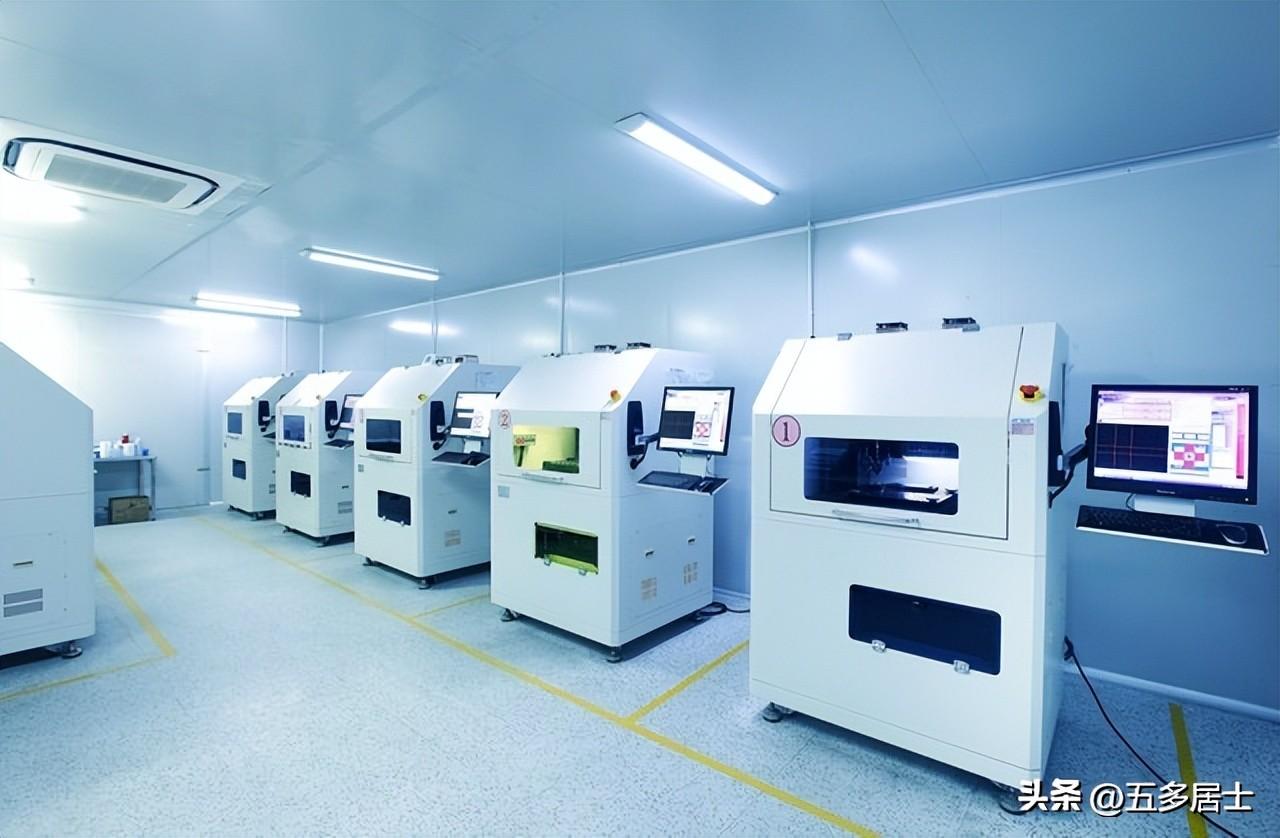This is another step that takes you to become a master repairman. This course is a basic course for CNC machine tools, machining centers, robots and other equipment. Due to the early drafting, the specific models involved may be slightly outdated. But basic software and hardware theory, control theory, etc. are never out of date, and are the basis for doing a good job in the maintenance of the above-mentioned equipment. Most of this course is original by the author. Some content has been published as a single article, and some chapters do not claim to be original.
course purpose
With the rapid development of computer technology and automatic control theory, automatic control systems with computer technology as the core are more and more widely used in equipment. Such as computer testing, CNC (computer numerical control), CAM (computer-aided manufacturing), CIMS (computer integrated manufacturing system), robotics, etc. These have greatly extended the manufacturing capabilities of automation equipment in modern industry, thus also promoting the rapid development of modern industrial technology.
NC (Numerical Control) technology is an advanced equipment manufacturing technology that has gradually matured and developed in the past half century. The development of computer technology and its application in NC technology have brought revolutionary changes to it, and formed the current CNC (Computer Numerical Control) technology. In recent years, more and more equipment using CNC systems have entered our factory, and have maintained a high-speed growth trend year by year. They all play a pivotal role in the key processes of our factory, and their status and usage are directly related to the quality of our products and the reputation of the company.
To give full play to the advantages of CNC equipment, we must cultivate a group of high-quality operation and maintenance workers. For this purpose, we created the class.
The material of this textbook is completely combined with the reality of our factory. Many materials in the book come from the equipment that has been in service in our factory. Considering the fact that there are many numerical control products of Japanese FANUC and German SIEMENSE in China, most of the materials in this textbook are based on the background of FANUC and SIEMENSE.
This course does not specify a specific system, but explains the public knowledge of digital control systems in order to achieve the mastery of basic theories and common knowledge of numerical control equipment. This knowledge includes the composition, principle, parameters, programming, operation, diagnosis, adjustment, etc. of the system, which are all crucial in the use of our equipment. The arrangement of the overall content pays attention to maintain the practicality and systematicness.

The popularity of robots has replaced a lot of simple labor with automation
Chapter 1: Introduction to Numerical Control Section 1: The concept and basic characteristics of CNC machine tools
one.The concept of CNC machine tools
As the name suggests, CNC machine tools are numerically controlled machine tools. Its core control part is all composed of digital circuits. It is a special device that controls the machining process of the machine tool by a digital circuit and realizes the required process parameters.
The early CNC machine tool control system was completely composed of hardware-digital circuit chips. Due to the rapid development of computer technology, the control part of CNC machine tools has been completely replaced by computers, and the functions have been greatly enhanced. It can be said that the development of numerically controlled machine tools and machining centers is entirely due to the application of computers. The powerful functions of the computer have effectively improved the processing capacity of the machine tool.
Moreover, due to the development of computer computing speed, the control components of CNC machine tools are gradually becoming digital and intelligent.
two. Basic functions of CNC machine tools.
From the following functions, we can have a more comprehensive understanding of CNC machine tools.
1. Control the moving speed and trajectory of the tool post during the machining process, and realize multi-quadrant linkage control or individual control.
2. Associated or independent control of the speed and position of the coordinate axes.
3. Realize the processing control of tool rest and tool magazine.
4. Control of peripheral actions (M, S, T functions, that is, auxiliary functions, spindle, tool functions).
5.PLC function.
6. System self-diagnosis and maintenance management functions.
7. Good man-machine interface (graphical user interface GUI).
8. Network with the upper computer system to realize larger-scale network control.
three.The characteristics of CNC machine tools
(1) Programmable parts processing
Since the shape of the processed parts can be programmed, one machine can be used for multiple purposes. The processing program of multiple parts can be stored in the memory, and the processing content can be changed as long as the jig and tool are properly adjusted during processing.
(2) Flexible adjustment of processing parameters
Various processing parameters, such as tool deviation, feed speed, spindle speed, stroke limit, transmission clearance, etc., can be adjusted at any time.
(3) Good machining accuracy can be achieved
With the development of numerical control technology, the flexibility of various processing parameters adjustment greatly simplifies the structure of the mechanical part of the machine tool. For a typical CNC "axis", only a set of lead screws and a worktable are left in the mechanical part. In addition, the development of the electrical system has obviously exceeded the needs of the actual processing capacity, which has laid a good foundation for improving the processing accuracy. At present, there is no problem with the precision of precision CNC machining reaching the micron level.
(4) Scope of application of CNC machine tools
The more economical point of view for the use of numerical control equipment is that it is used in occasions with small batches and product variability, and is not suitable for large-scale flow operations. But now more and more enterprises use numerical control equipment on the production line, and the price is to pay expensive equipment costs and obtain a single function. However, due to its excellent processing accuracy, it is used more and more in mass flow operations.

The machining center is a high-precision equipment in the factory
Four.The technical development trend of CNC machine tools
The world's first CNC machine tool was jointly developed by the American Parsons (Parsons) company and the Massachusetts Institute of Technology in 1952, and was used for three-coordinate CNC milling machines for helicopter manufacturing. The earliest CNC system development in my country began in 1958.
At present, CNC machine tools, programmable logic controllers (PLC), industrial robots, and network technology are listed as one of the four directions of industrial automation development. And itself, has also experienced rapid development.
The numerical control system itself has experienced a series of development stages such as discrete components, integrated circuits, minicomputers, special microcomputer systems, and until now a control system based on a personal computer operating platform. Its function is getting stronger and stronger, the speed is getting faster and faster, and the instruction set is getting richer and richer. The input storage medium has also developed from the earliest paper tape to the current hard disk, floppy disk, various types of memory and other media.
On the basis of the rapid development of computer technology, various parts of the control system, such as interfaces, drivers, and operation panels, are gradually becoming intelligent. The numerical control system has changed from a single computer system to a multi-computer system. The overall performance of the system has been greatly improved.
With the development of motor manufacturing technology, the servo system has also experienced several processes of stepping servo, DC servo and AC servo. The AC servo has gone through two stages of AC analog servo and AC digital servo. The development of the servo system has laid a control foundation for the improvement of the precision of the machine tool.
The mechanical system has also experienced tremendous development. The tool magazine has changed from the earliest simple tool holder to the current complex tool magazine management system. The worktable has changed from a single workbench to an automatic exchange system with multiple workbenches. Due to the development of new materials and new processes, the precision of the transmission system is also increasing. Thus creating a good prerequisite for the improvement of the overall performance and precision of the machine tool.
The application of CNC machine tools in the production process has also gradually developed from the earliest stand-alone work to a computer-directed numerical control system (DNC) where one computer programs multiple CNC machine tools, and a flexible manufacturing system (FMS) that integrates DNC systems, automatic material feeding, and production management systems, and a computer integrated manufacturing system (CIMS) that integrates product development and design, manufacturing processes, production management, market analysis, and financial management. It can be said that numerical control equipment will be an important basis for factory automation in the future.
Section 2: The base and coding methods commonly used in CNC systems
The following introduces the partial system and coding methods involved in the equipment parameters, which are often used when learning NC programming, parameters, external interfaces, etc.
one.base of computer
The so-called base system refers to a carry rule for quantity calculation.
We use decimal notation every day. But in computers, in addition to decimal, we also commonly use other bases.
that is:
1. Binary: the method of counting every binary one.
2. Octal system: the method of counting into one every eight.
3. Decimal system: the counting method of every decimal.
4. Hexadecimal: The method of counting every hexadecimal one.
Below, we introduce common methods of encoding using these bases.
two.common code
In the computer, the codes that are often used are:
(1) Binary code
Count symbol —- 0, 1
Such as: 11011001, 10100001, etc.
(2) Octal code
Counting symbols —- 0, 1, 2, 3, 4, 5, 6, 7
Such as 7523, 6432, etc.
(3) Decimal code
Counting symbols —- 0, 1, 2, 3, 4, 5, 6, 7, 8, 9
Such as: 8923, 7621, etc.
(4) Hexadecimal code
Counting symbols: 0, 1, 2, 3, 4, 5, 6, 7, 8, 9, A, B, C, D, E, F
Such as 1A3D, 1FC4, etc.
(5) BCD code
Decimal code represented in binary. There are many types of this code, and BCD code is the most commonly used one.
Counting symbols use four binary codes to represent a decimal number, namely:
0000:0 0001:1 0010:2 0011:3 0100:4
0101: 5 0110: 6 0111: 7 1000: 8 1001: 9
Example: 00111000 means 38.
three.Code to Decimal Conversion
Any of the codes described above can be converted to decimal values. The following describes its conversion method:
(1) Binary code to decimal conversion
Conversion result = bit 0×20+ bit 1×21+ bit 2×22+ bit 3×23+…
(2) Conversion from octal code to decimal
Conversion result = bit 0×80+ bit 1×81+ bit 2×82+ bit 3×83+…
(3) Conversion from hexadecimal code to decimal
Conversion result=bit 0×160+bit 1×161+bit 2×162+bit 3×163+…
(4) BCD code to decimal conversion
The result can be read directly according to the code definition.